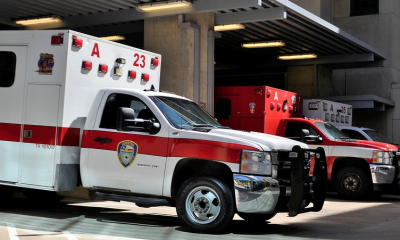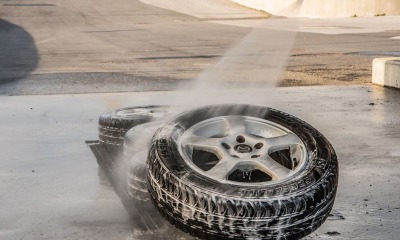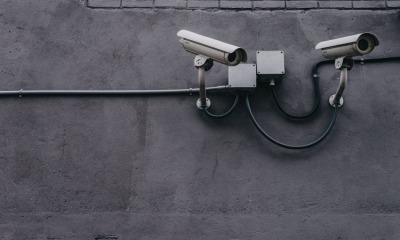Health
Industrial Health & Environmental Safety Guidelines

 The primary role of the Industrial Health & Environment Safety division is overseeing a wide diversity of areas in the workplace. From designing programs to prevent injuries and accidents to setting guidelines for environmental issues, this department’s main objective is to keep the employees safe from injuries accidents and protect the environment from harm.
The primary role of the Industrial Health & Environment Safety division is overseeing a wide diversity of areas in the workplace. From designing programs to prevent injuries and accidents to setting guidelines for environmental issues, this department’s main objective is to keep the employees safe from injuries accidents and protect the environment from harm.
Companies Must Abide by the Industrial Health & Environment Safety Guidelines
To accomplish this objective, small and large companies must assist in these efforts by adhering to the laws that govern their employees’ safety. In some cases, the company may have to implement additional safety procedures to protect the employees that perform specific functions. For instance, if an employee is performing an administrative job function, the company may need to purchase special chairs and computer accessories.
This type of furniture and accessories will help to prevent back, hand, wrist and other injuries from occurring on the job. One specific kind of chair that is designed to decrease job injuries is the ergonometric chair because it provides the proper support and posture while sitting. Ideally, these chairs should be purchased before an employee starts to complain about problems with their back or other areas of their body.
Safety Devices and Equipment Required
While there is a long laundry list of safety equipment that can be used in the workplace, all of the equipment may not apply to every area in an organization. The types of safety equipment required usually depend on the job that is being performed and the area that an individual works in. In some situations, the employee may work in area that requires hearing protection devices to be worn.
These devices are designed to protect the employees’ hearing in places where the noise level is exceptionally high. As an added precautionary measure, small and large companies may hire their own team of safety specialists to monitor the usage. Consequently, when an employee does not wear these devices at all times, they can receive a reprimand per safety violation.
Specialized Safety Training Courses
Companies who are committed to ensuring their employees are safe from injuries and fatalities will also implement well thought out safety campaigns that promote safety on the job at all times. Additionally, the company’s role is to make sure all employees receive the proper training, specifically for the type of job that they are performing. Employees who are in high risks areas must also receive special training for their job function.
For instance, if the employee is working in a construction position, there is special gear that must be worn when they are onsite. Traditionally, the hardhat, safety shoes, and hearing safety devices are a staple in this kind of environment. Without the proper gear, workers cannot work in their job functions until they are appropriately dressed.
Company and Employee – Joint Responsibility
Health and environment safety is never a one-way responsibility. While the company can be fined for not complying with safety laws, the employee is also held accountable for not following the safety guidelines that have been laid out. This is one of the reasons why the employees must be trained on various safety procedures prior to performing the job.
To keep employees with a heighten awareness, recurrent training must be provided. Based on the type of training needed, it may be presented in a formal training setting or the employees may be allowed to take certain types of recurrent safety training courses online. Whatever the case, companies must document the training that their employees receive so that they can remain in compliance with Industrial Health & Safety Division guidelines.
Image Source: http://www.engelbert-strauss.co.uk/workwear.html
-

 Tech11 years ago
Tech11 years agoCreating An e-Commerce Website
-

 Tech11 years ago
Tech11 years agoDesign Template Guidelines For Mobile Apps
-

 Business6 years ago
Business6 years agoWhat Is AdsSupply? A Comprehensive Review
-

 Business10 years ago
Business10 years agoThe Key Types Of Brochure Printing Services
-

 Tech8 years ago
Tech8 years agoWhen To Send Your Bulk Messages?
-

 Tech5 years ago
Tech5 years ago5 Link Building Strategies You Can Apply For Local SEO
-

 Law5 years ago
Law5 years agoHow Can A Divorce Lawyer Help You Get Through Divorce?
-

 Home Improvement6 years ago
Home Improvement6 years agoHоw tо Kеер Antѕ Out оf Yоur Kitсhеn











































